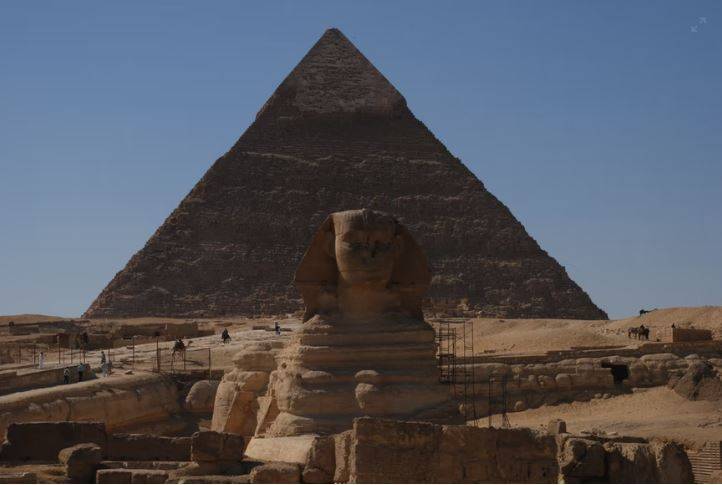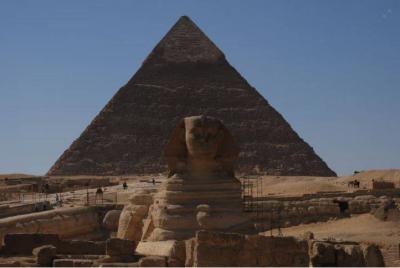For centuries, the Giza Pyramids in Egypt have puzzled researchers, not only because of mysterious voids and hidden chambers but also due to the ancient Egyptians' ability to construct such magnificent structures without modern technology. One of the most perplexing issues is how these walls became perfectly aligned; although slightly unbalanced, the square sides of the Great Pyramid of Giza, which stands at 138.8 meters and is also known as the Pyramid of Khufu, are relatively straight.
Archaeologist and engineer Glen Dash clarified in a study published in 2017 in the Journal of Ancient Egyptian Architecture that the builders of the Great Pyramid of Khufu aligned the great monument with the cardinal points with remarkable precision, according to a report published yesterday on the "Science Alert" website. In fact, all three Egyptian pyramids (two in Giza and one in Dahshur) are remarkably aligned in a way that one would not expect to see from an era without drones, plans, and computers.
Dash also pointed out that all three pyramids exhibit the same type of error, slightly rotating counterclockwise from the cardinal points. While there are many hypotheses about how they might have achieved this, such as using the North Star for alignment or the shadow of the sun, it was not completely clear how these hypotheses worked.
In addition, a study by Dash suggested that the Egyptians, around 4500 years ago, could have used the autumn equinox to achieve perfect alignment. The equinox is seen as the moment when the equator passes through the center of the sun's disk twice a year, and day and night are roughly equal in length. Dash even conducted his own experiment, starting from the first day of the autumn equinox in 2016 and using a gnomon to cast a shadow.
He tracked the shadow point at regular intervals, creating a smooth curve of points. By the end of the day, with a taut piece of string wrapped around a post, he intersected two points on the curve and created an almost perfect line extending from east to west.
Also, he demonstrated that the degree of error is slightly counterclockwise, resembling the slight misalignment present in the alignment of the Khufu and Khafre pyramids in Giza, as well as the Red Pyramid in Dahshur. Although the research paper shows that this technique could have been used to align the pyramids, there is still no strong evidence for this in reality, according to "Science Alert." However, this hypothesis points to an intriguing notion: that something as simple as drawing shadows during the autumn equinox could be sophisticated enough to perfectly align some of the most famous ancient structures in human history.




